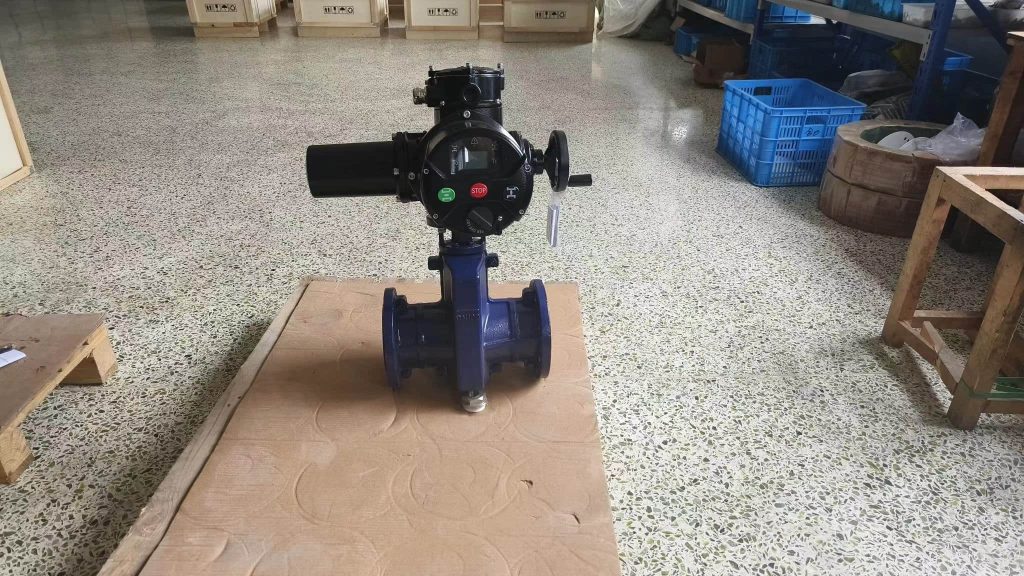Electric pinch valves are a type of control valve widely used in various industries to regulate the flow of fluids. Unlike traditional valves, which rely on mechanical components, electric pinch valves utilize an innovative design that allows for precise flow control without the need for complex moving parts. This article delves into the functionality, applications, and advantages of electric pinch valves, highlighting why they are becoming an essential component in modern fluid handling systems.

What is an Electric Pinch Valve? At its core, an electric pinch valve consists of a flexible tube or hose that can be constricted or pinched to control the flow of fluid. The valve is operated using an electric actuator, which applies pressure to the tubing, effectively closing or opening the flow path. This design eliminates the need for traditional valve seats and seals, which can wear out over time and require frequent maintenance. How Electric Pinch Valves Work Electric pinch valves operate through a simple yet effective mechanism. When the actuator is energized, it exerts force on the flexible tubing, pinching it closed. The degree of pinch can be adjusted by varying the amount of electrical signal sent to the actuator, allowing for precise control of fluid flow. When the actuator is de-energized, the tubing returns to its original state, re-opening the flow path.